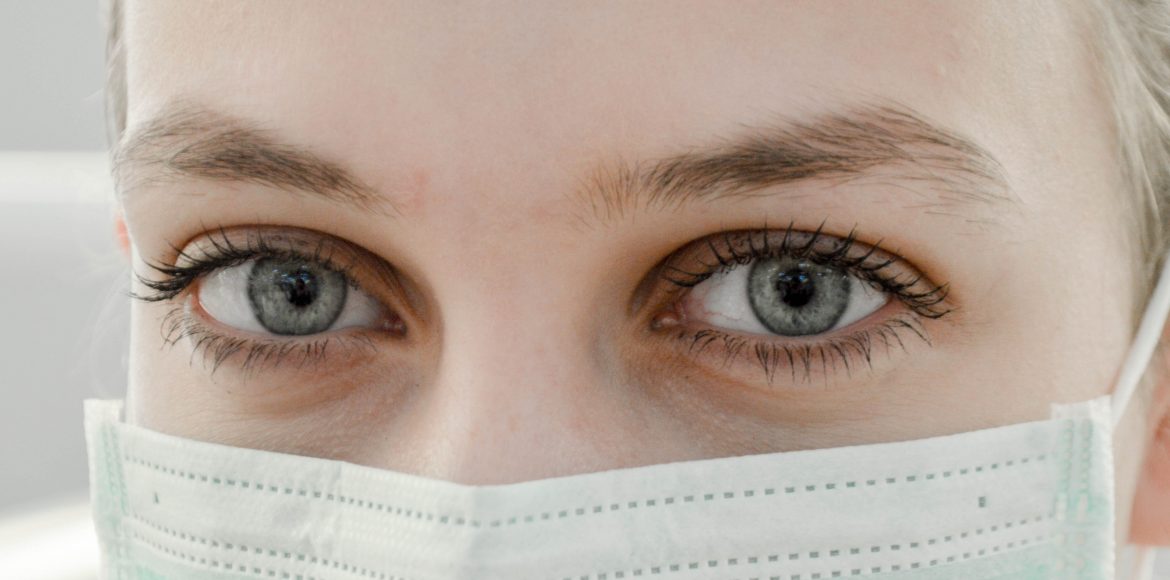The respiratory illness COVID-19, Coronavirus, has become a global pandemic. Because the virus can be spread easily, via droplets coughed or sneezed from an infected person, many have resorted to wearing face masks to protect themselves.
We’ve seen a huge rush of businesses and individuals wanting to get their hands on face masks, but some experts are skeptical about how effective they actually are in protecting people against this virus.
Opinion varies, but the consensus seems to be:
Face masks can help, to a certain extent.
The COVID-19 virus is transmitted when an infected person coughs or sneezes. They expel respiratory droplets into the air that carry the virus. In addition, they spread those droplets around if they touch their eyes and nose then touch another person or surface. If someone comes into contact with these contagious droplets — either in the air or by touching a surface that contained the droplets — they can potentially get sick.
There is some evidence that, when used correctly, face masks can slow the spread of airborne and droplet viruses. For example, one study from 2008 found that those who used a mask were 80% less likely to get the flu. Another 2009 report found that, in conjunction with frequent hand-washing, face masks lowered people’s risk of getting the flu by about 70%.
Masks aren’t foolproof, and just because you’re wearing one does not mean you’re in the clear. It can be helpful because it’s covering your nose and mouth, and it will also reduce your ability to touch your face. However, they need to be donned and doffed (removed) properly, otherwise the wearer will transfer infection by incorrect handling.
How well the mask works largely depends on whether you wear it correctly. Make sure the correct side is facing outward, keep the mask snug over your nose, secure the loops behind your ears, and close off the gaps around your jawline. Ensure the mask covers your nose and mouth. Perform hand hygiene with soap and water or an alcohol-based hand sanitizer before and after touching or adjusting your mask (if essential for comfort or to maintain fit).
Here are some videos demonstrating the correct way to don and doff a surgical mask.


